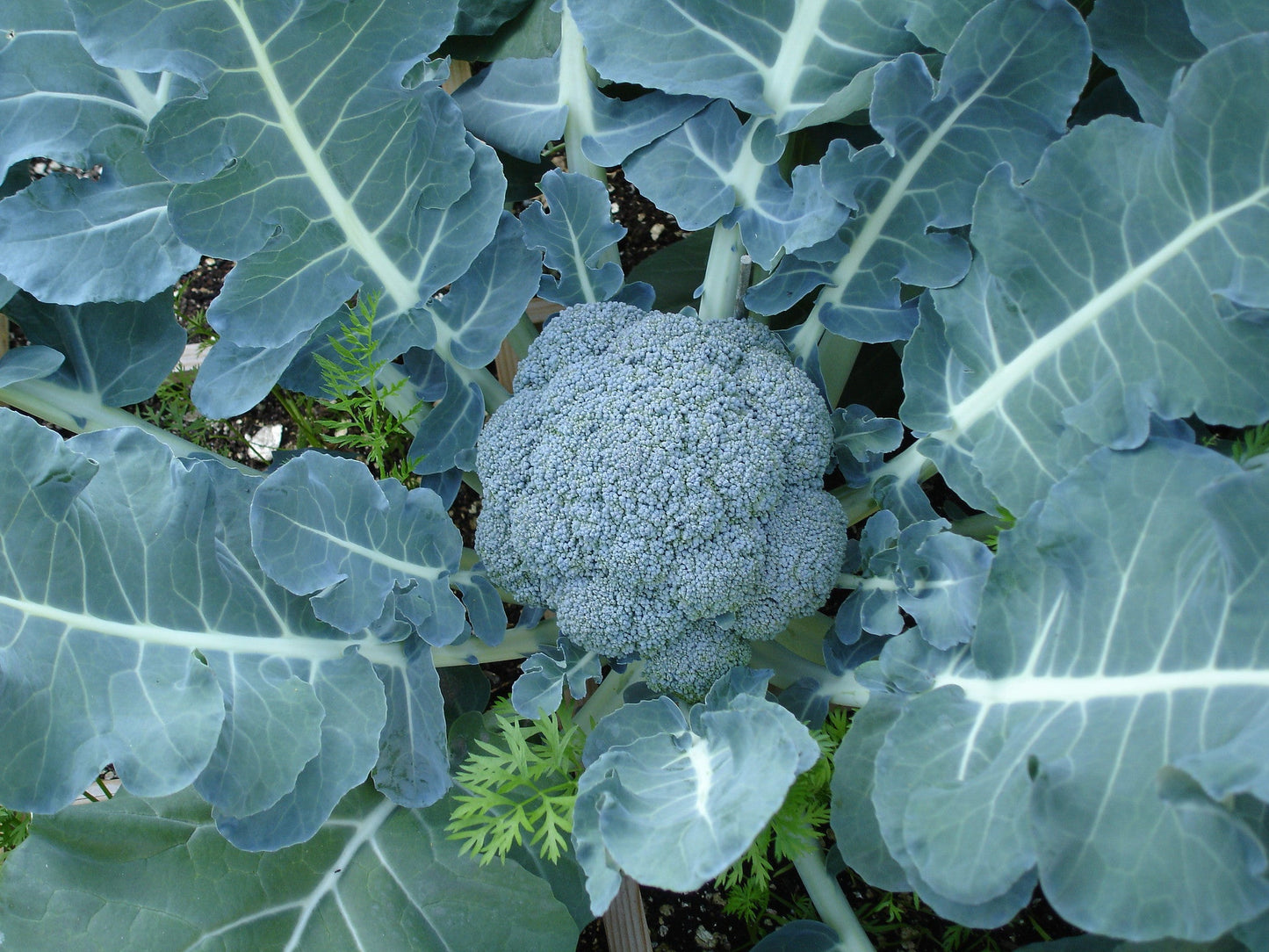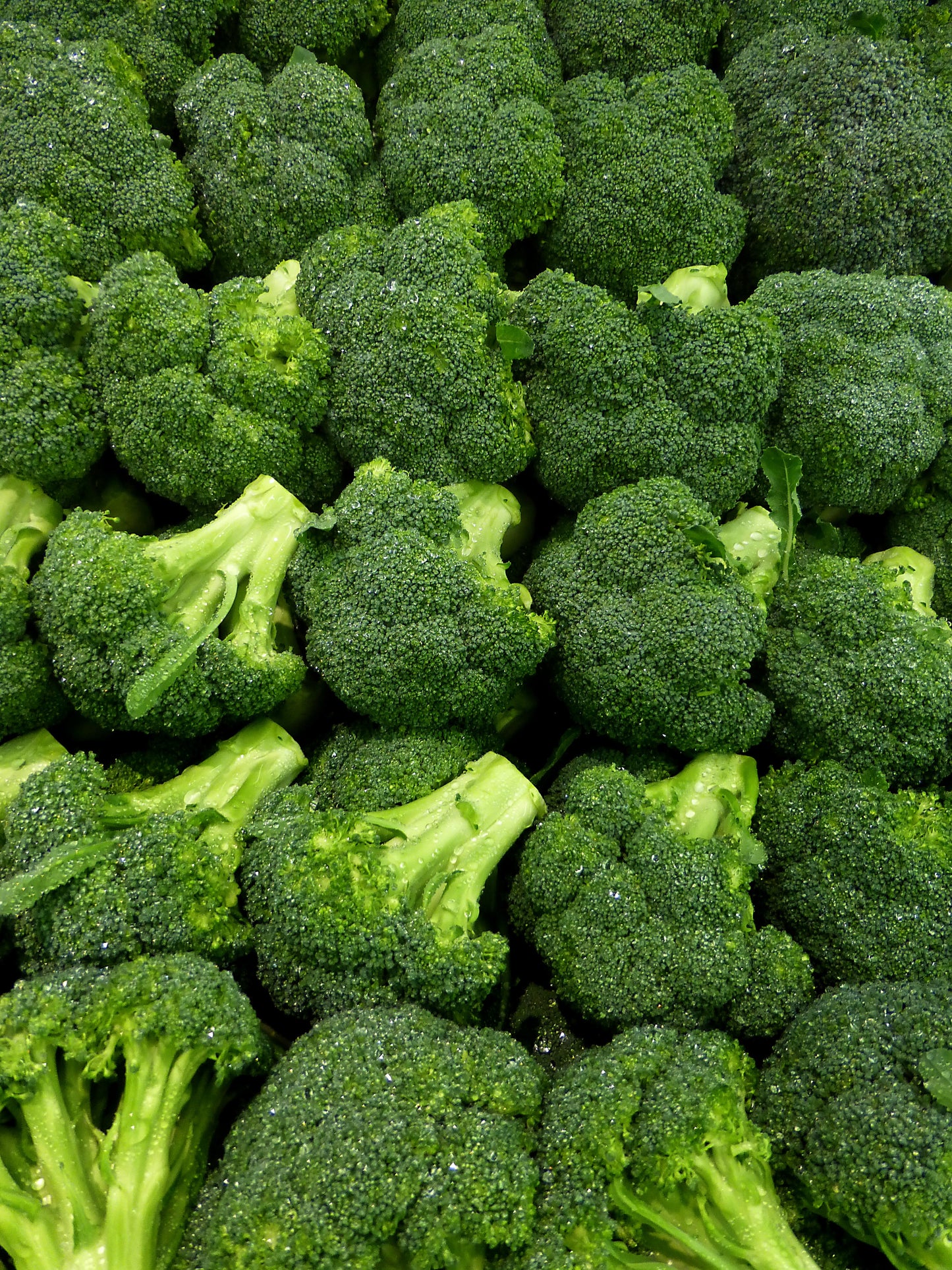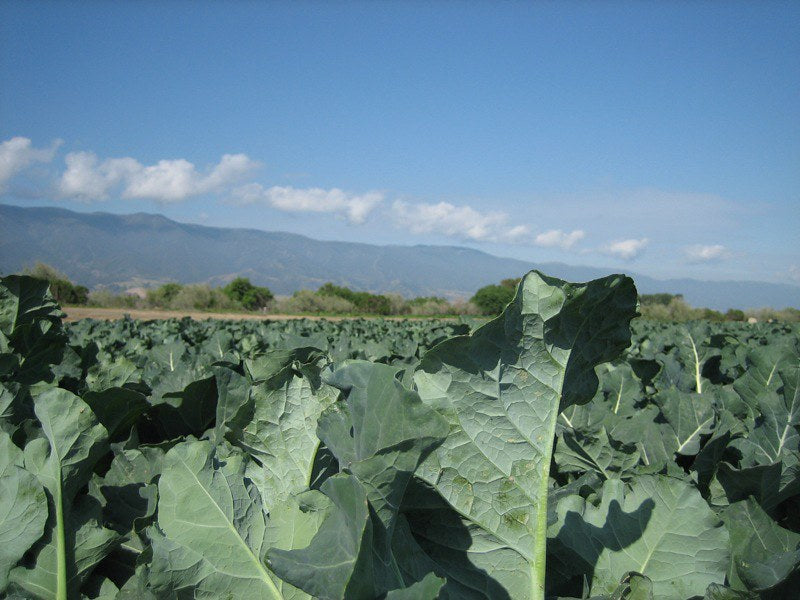Floridaseeds
Broccoli Calabrese 100 Seeds Brassica oleracea USA Company
Broccoli Calabrese 100 Seeds Brassica oleracea USA Company
Couldn't load pickup availability
Broccoli Calabrese, often referred to simply as Calabrese, is a popular variety of broccoli known for its tender, green florets and mild, slightly sweet flavor. It's one of the most commonly grown and consumed types of broccoli worldwide. Here are some key characteristics and information about Broccoli Calabrese:
Appearance: Broccoli Calabrese has dark green, tightly packed florets, or heads, that are composed of numerous small flower buds. The stems are usually light green and firm, with leaves that are edible but less commonly consumed.
Flavor: Calabrese broccoli has a milder, sweeter flavor compared to some other varieties of broccoli. It's known for being versatile in cooking and pairs well with various seasonings and sauces.
Nutritional Value: Like all broccoli varieties, Calabrese is highly nutritious. It's a good source of vitamins, particularly vitamin C and vitamin K, as well as dietary fiber. It also contains various minerals, including calcium, potassium, and iron.
Cultivation: Calabrese broccoli can be grown in a wide range of climates but prefers cool weather. It's typically planted as a cool-season crop in the spring or fall. It's well-suited for home gardens and is available as both open-pollinated and hybrid varieties.
Growing Conditions: Broccoli Calabrese thrives in well-drained, fertile soil with a pH between 6.0 and 7.0. It requires full sun for optimal growth. Adequate moisture is essential, especially during the early stages of growth.
Harvesting: The best time to harvest Calabrese broccoli is when the florets are still tight and compact. You can cut the central head, and smaller side shoots will often develop, providing additional harvests.
Cooking: Calabrese broccoli can be prepared in various ways, including steaming, boiling, roasting, or stir-frying. It's commonly used in salads, soups, pasta dishes, and as a side vegetable.
Storage: Freshly harvested Calabrese broccoli should be stored in a plastic bag in the refrigerator's crisper drawer. It can stay fresh for up to a week or more. To extend storage life, blanch and freeze broccoli florets.
Health Benefits: Broccoli, including the Calabrese variety, is renowned for its potential health benefits. It's associated with antioxidant properties, potential cancer-fighting compounds, and various vitamins and minerals that contribute to overall health.
Companion Plants: When planning your garden, consider planting Calabrese broccoli alongside other compatible vegetables like carrots, lettuce, and onions. Companion planting can help deter pests and enhance overall garden health.
Broccoli Calabrese is a nutritious and versatile vegetable that can be a valuable addition to your diet and garden. Whether you're cooking it as a side dish, adding it to salads, or incorporating it into various recipes, it provides a tasty and healthy option for enjoying the benefits of broccoli.
Growing Instructions
Germination Timing: Broccoli is a cool-season crop. Plan to start your seeds indoors 6 to 8 weeks before your region's last expected frost date in the spring. You can also sow seeds for a fall harvest by starting them indoors in mid to late summer.
- Seed Starting Containers: Use seed trays, pots, or cell packs to start your broccoli seeds indoors. Make sure the containers have drainage holes to prevent overwatering. Fill them with a high-quality seed starting mix.
- Sowing Seeds: Plant 2-3 broccoli seeds per cell or pot, about 1/4 inch deep. After planting, water the soil thoroughly.
- Temperature and Light: Broccoli seeds germinate best at temperatures between 60°F and 75°F (15°C to 24°C). Provide adequate light, either natural sunlight or fluorescent grow lights, to promote healthy seedling growth. Place the seedlings in a warm location during the day and a cooler spot at night.
- Thinning: Once the seedlings have two true leaves (the second set of leaves after the initial seed leaves), thin them by removing the weakest seedlings, leaving one strong, healthy plant per cell or pot.
- Transplanting: When your broccoli seedlings are about 4-6 weeks old and have a minimum of two to three true leaves, they are ready for transplanting. This is typically done when they are 4-6 inches tall. Harden off the seedlings by gradually exposing them to outdoor conditions over a week before transplanting.
- Garden Location: Choose a sunny garden spot with well-drained soil for transplanting. Broccoli prefers full sun but can tolerate partial shade.
Materials
Materials
Shipping & Returns
Shipping & Returns
Dimensions
Dimensions
Care Instructions
Care Instructions
Share








